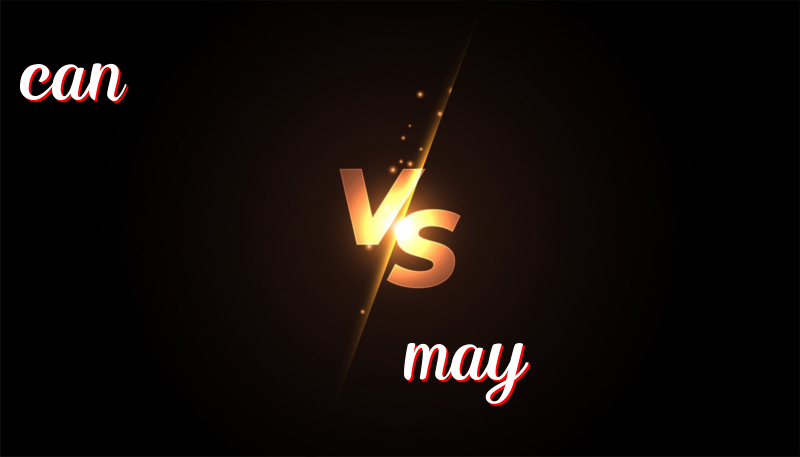Understanding Can and May
Difference Between “Can” and “May”
“Can” and “May” are words often used in English. They might seem the same, but they have different meanings and uses. Let’s explore the history, how to use them, tricks to remember the difference, and look at examples for each word.
History
Can: The word “can” comes from the Old English word “cunnan,” which means “to know” or “to be able to.” Over time, it started to mean “to be able to do something.”
May: The word “may” comes from the Old English word “mæg,” which means “to be able to” or “to have power.” It turned into a way to ask for permission.
How to Use Them
Can: “Can” is used to talk about ability or possibility. It shows what someone is able to do.
May: “May” is used to ask for or give permission. It’s polite and shows respect.
Trick to Remember the Difference
Think of “Can” as “able to” and “May” as “ask to.”
Examples of “Can” usage:
- Can you swim?
- I can read this book.
- Can she come to the party?
- He can run fast.
- We can play after school.
Examples of “May” usage:
- May I use the bathroom?
- You may go outside now.
- May we have some ice cream?
- He may join us for dinner.
- May I leave the table?
Summary
Use “Can” when you talk about what someone is able to do. Use “May” when you ask for permission or let someone do something. Remember, “Can” is for ability, and “May” is for permission.

Leave a Reply
You must be logged in to post a comment.